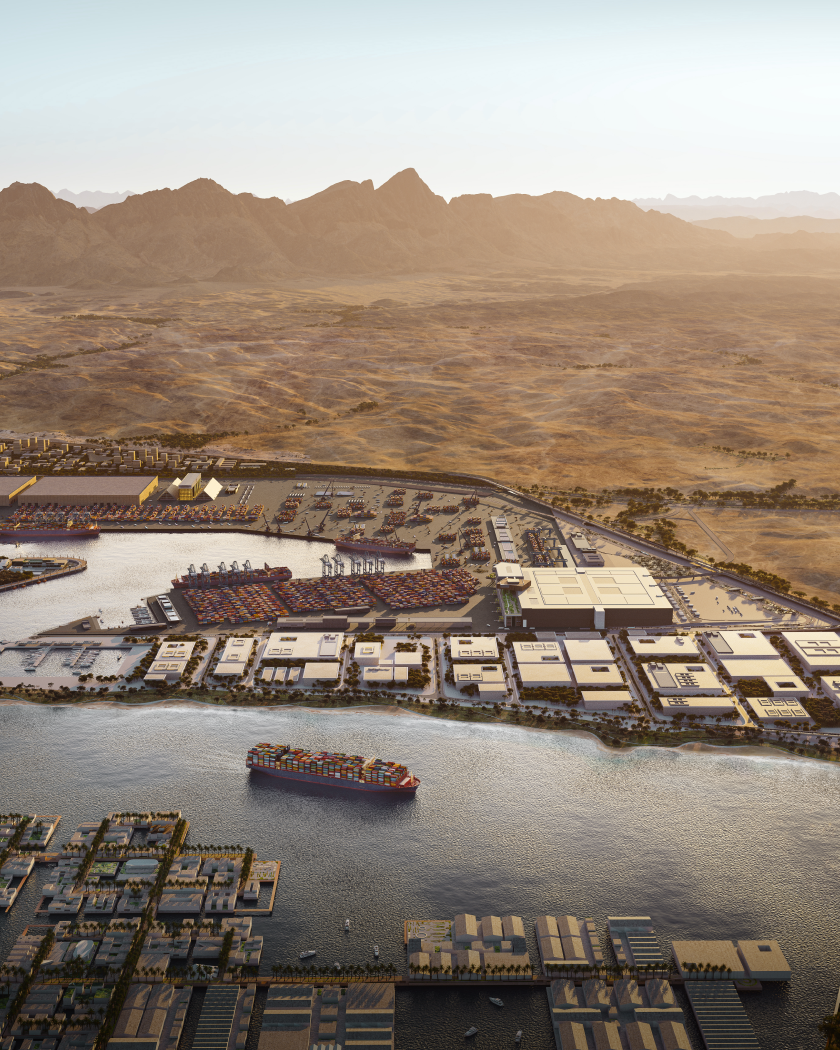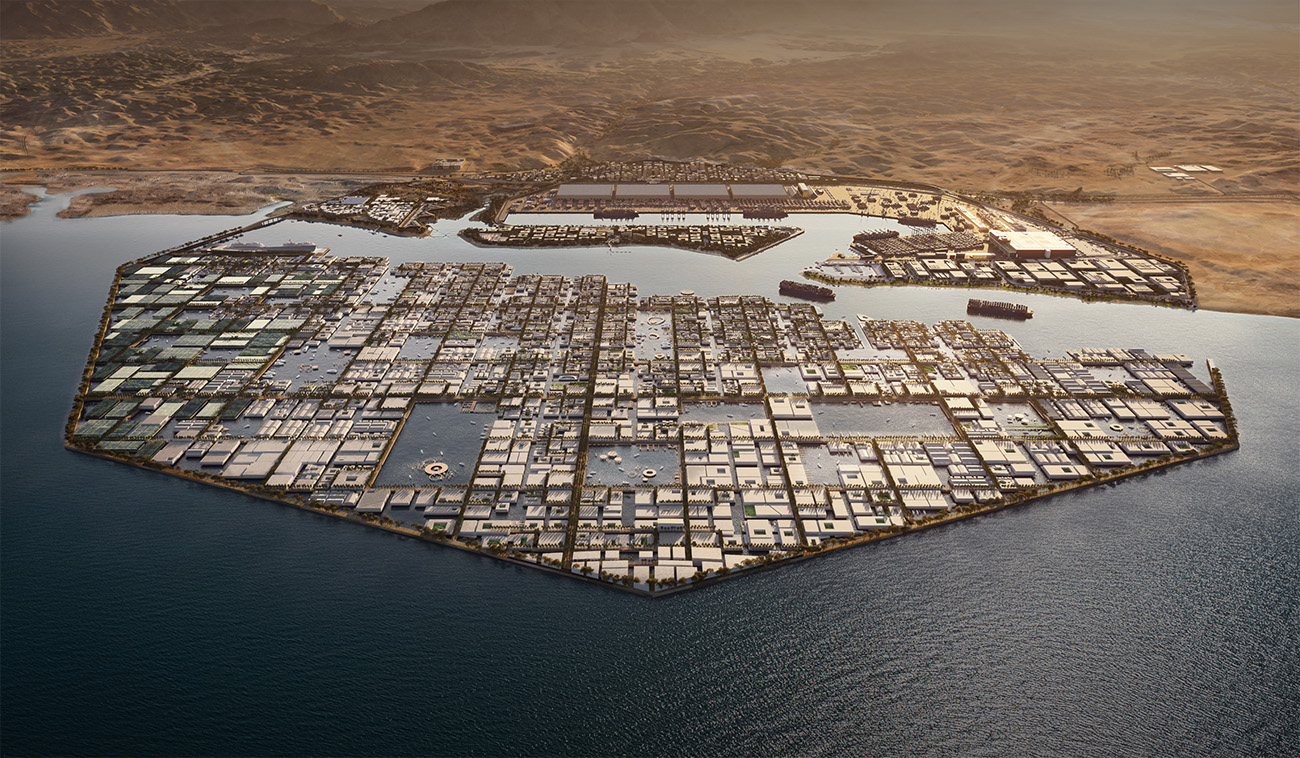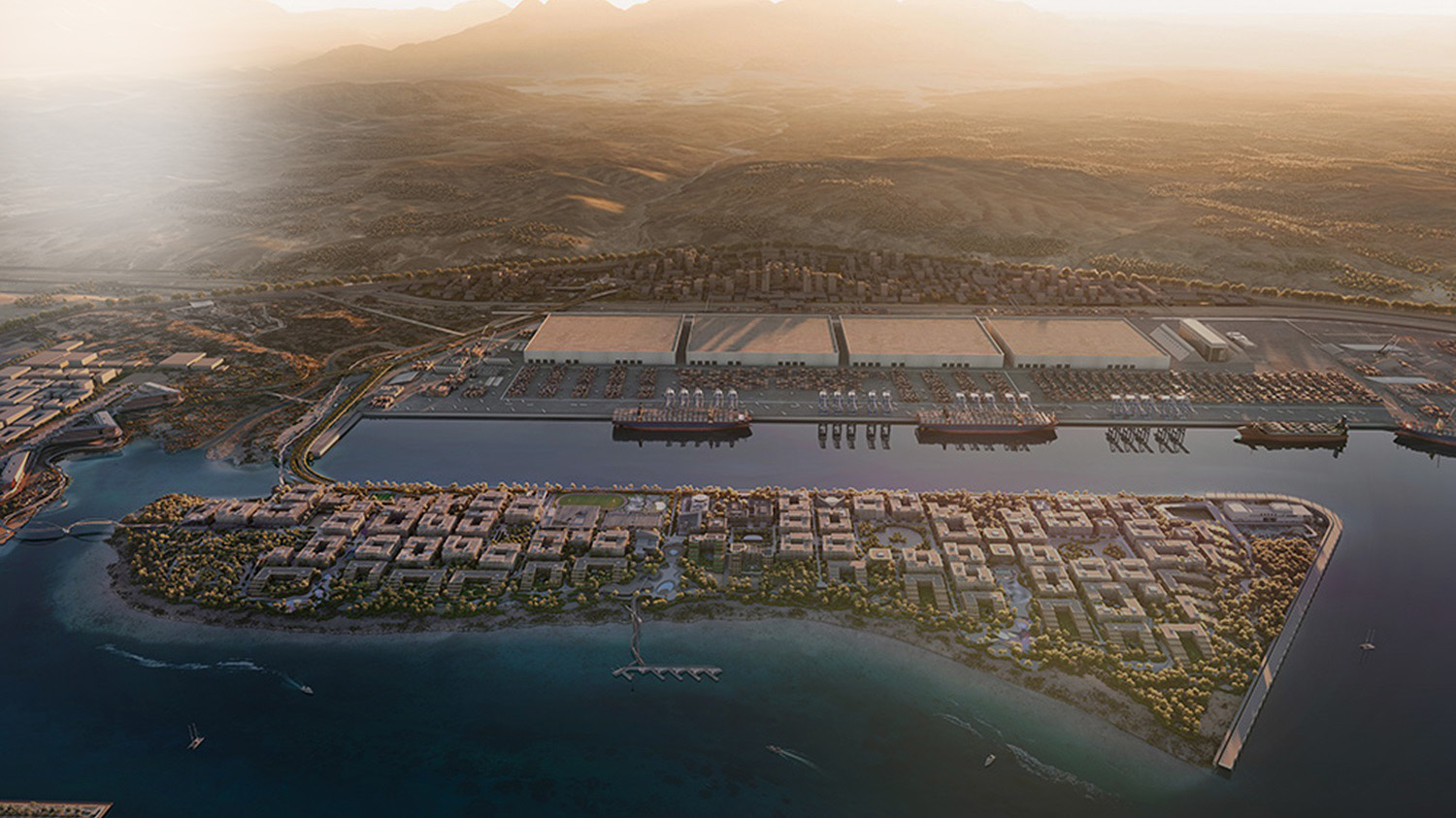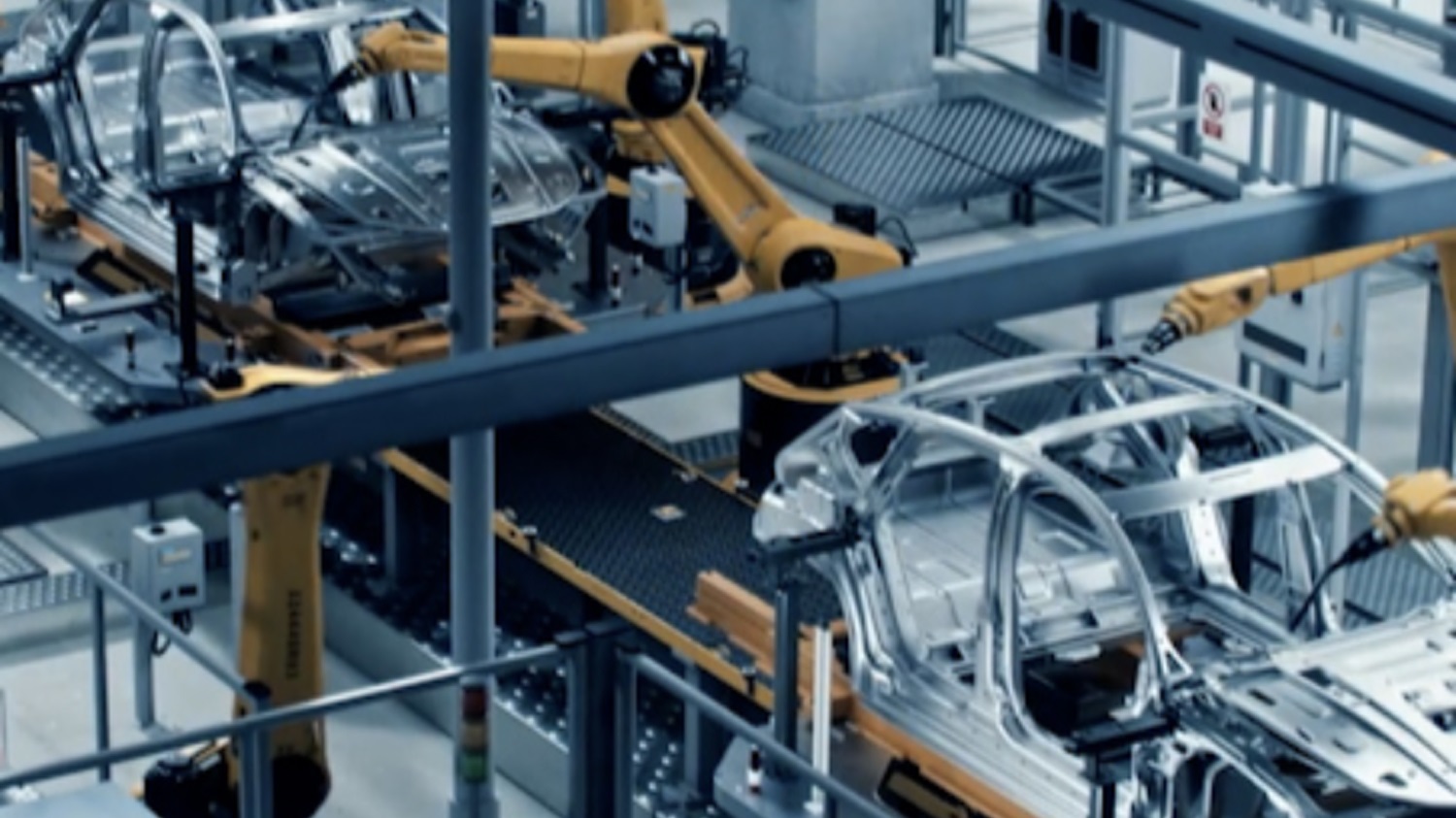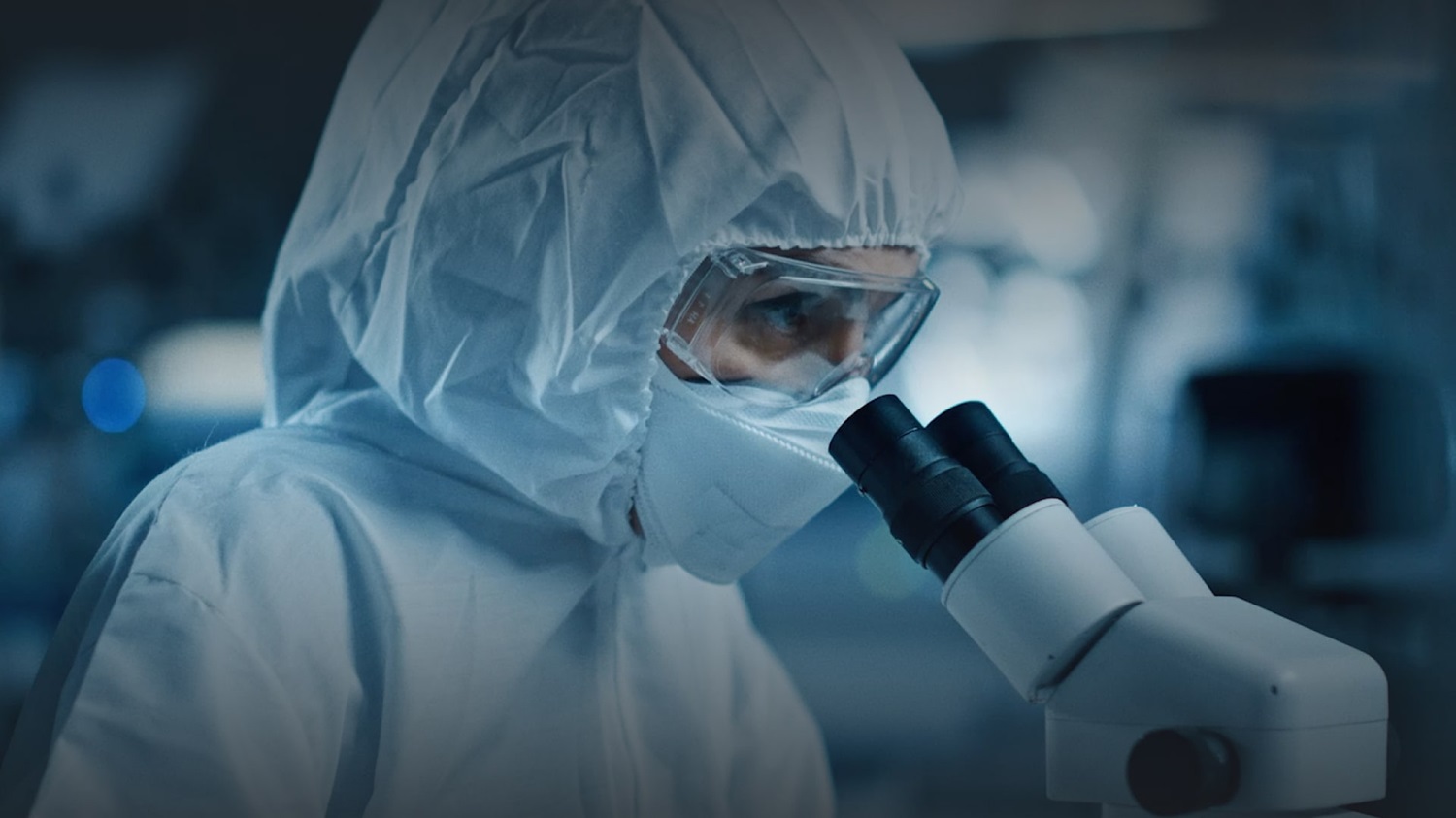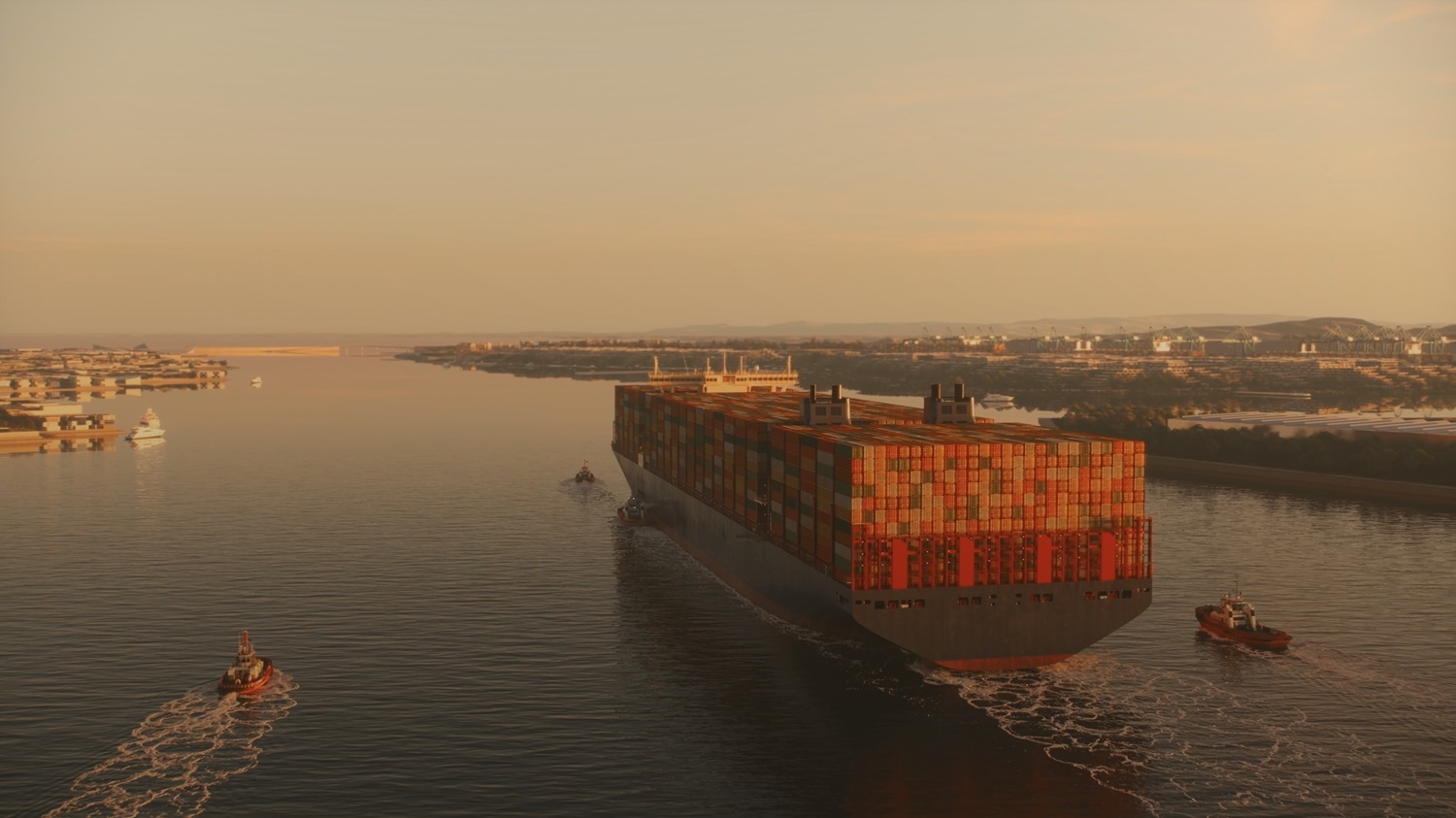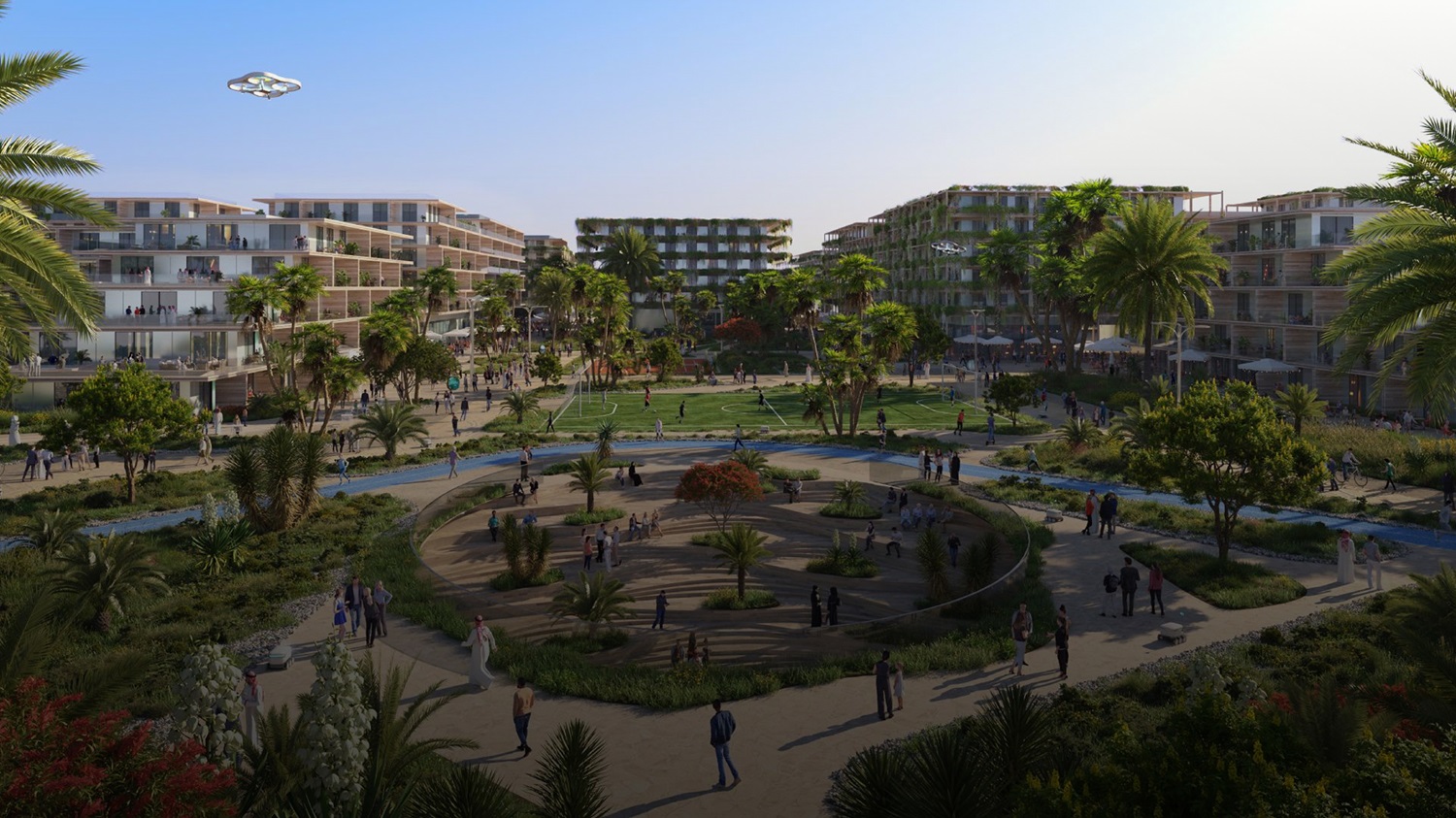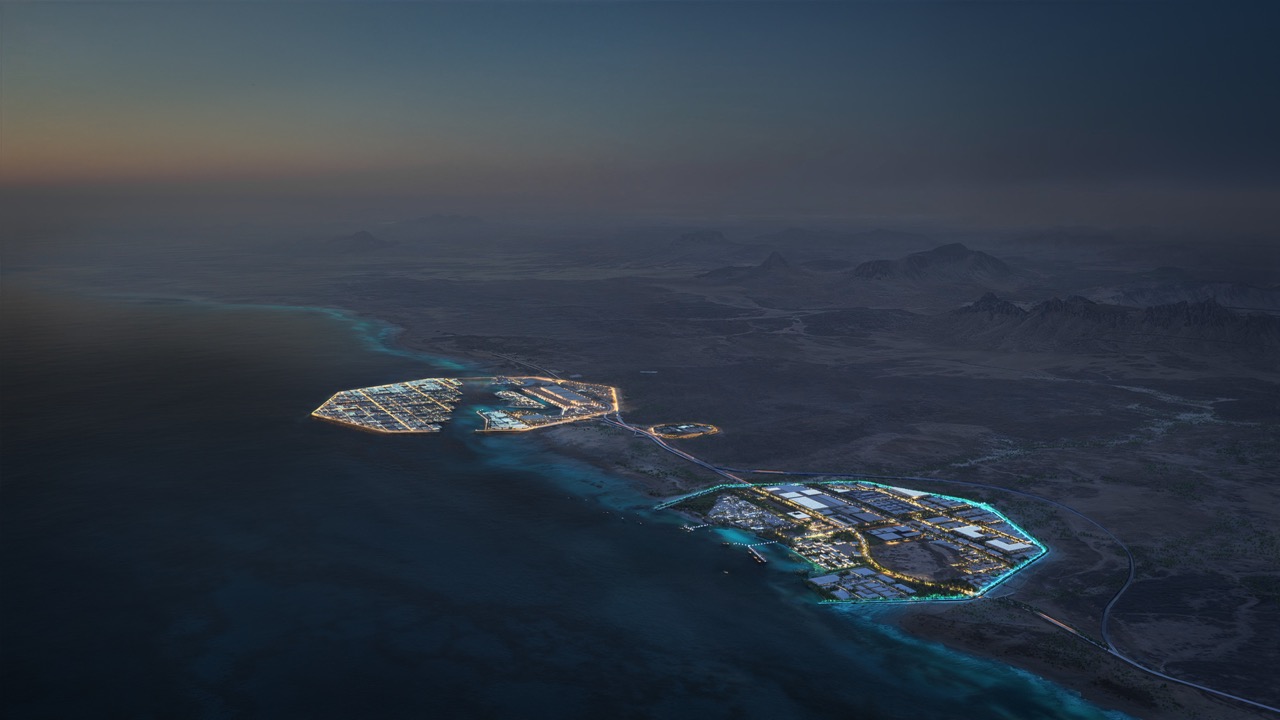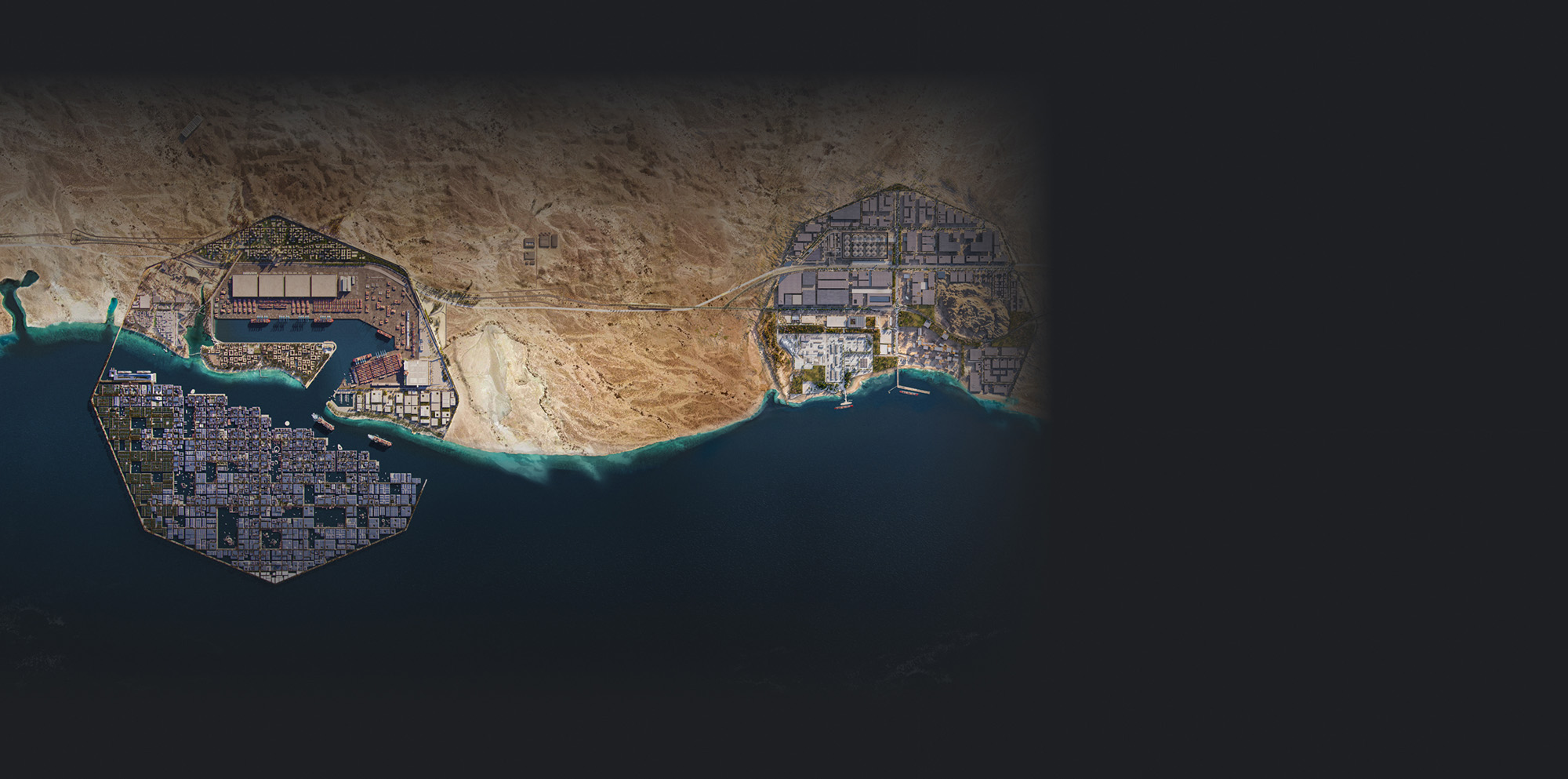
Explore
Oxagon
Explore
Oxagon
A blueprint for the modern industrial cities of the future, this is a new model that will reimagine the ways in which we live and work.
Explore Oxagon
A blueprint for the modern industrial cities of the future, this is a new model that will reimagine the ways in which we live and work.
Tap on Start exploring, then drag and drop over the map to discover hidden hotspots.
Key facts
-
100%
renewables-based energy system goal
-
48km²
Oxagon core development area
-
1.5M
TEU (Twenty-foot Equivalent Unit) port capacity
Stay informed
Register your interest in Oxagon, NEOM's reimagined industrial city. Be the first to discover the latest news and previews and learn about exciting new developments and partnership opportunities.
